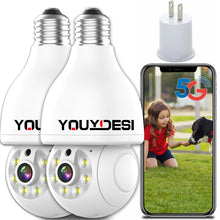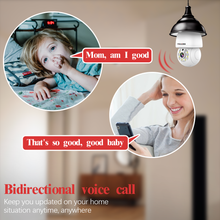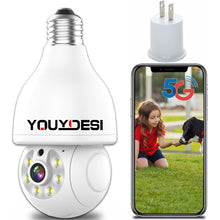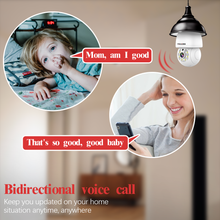Concealment: In certain scenarios, like security surveillance needs, it's advisable to consider an exterior design that blends with the surroundings, enhancing the camera's concealment to prevent detection or tampering.
Adjustability: Some cameras should feature an adjustable exterior design, such as being rotatable or having adjustable focus, to meet varying monitoring ranges and viewing angle requirements.
Simplicity and User-Friendly: The exterior design should aim for simplicity, aesthetics, and user-friendliness, making it easy for installation, adjustment, and maintenance.
Transparency: For scenarios that require the clear display of the camera's purpose, such as in security areas, the exterior design can incorporate a degree of transparency, making the camera's function and presence more evident.
Durability: The exterior design should take into account material selection and treatment to enhance the camera's durability and resistance to tampering.
Heat Dissipation: For cameras that may operate for extended periods, the exterior design should address heat dissipation issues to ensure that the device doesn't suffer from overheating and performance degradation.
Indicator Lights: Some cameras are designed with indicator lights to display device status, such as operational status or recording status.
Obstruction Protection: The exterior design can consider incorporating obstruction protection to prevent the camera lens from being blocked, which could affect monitoring effectiveness.










